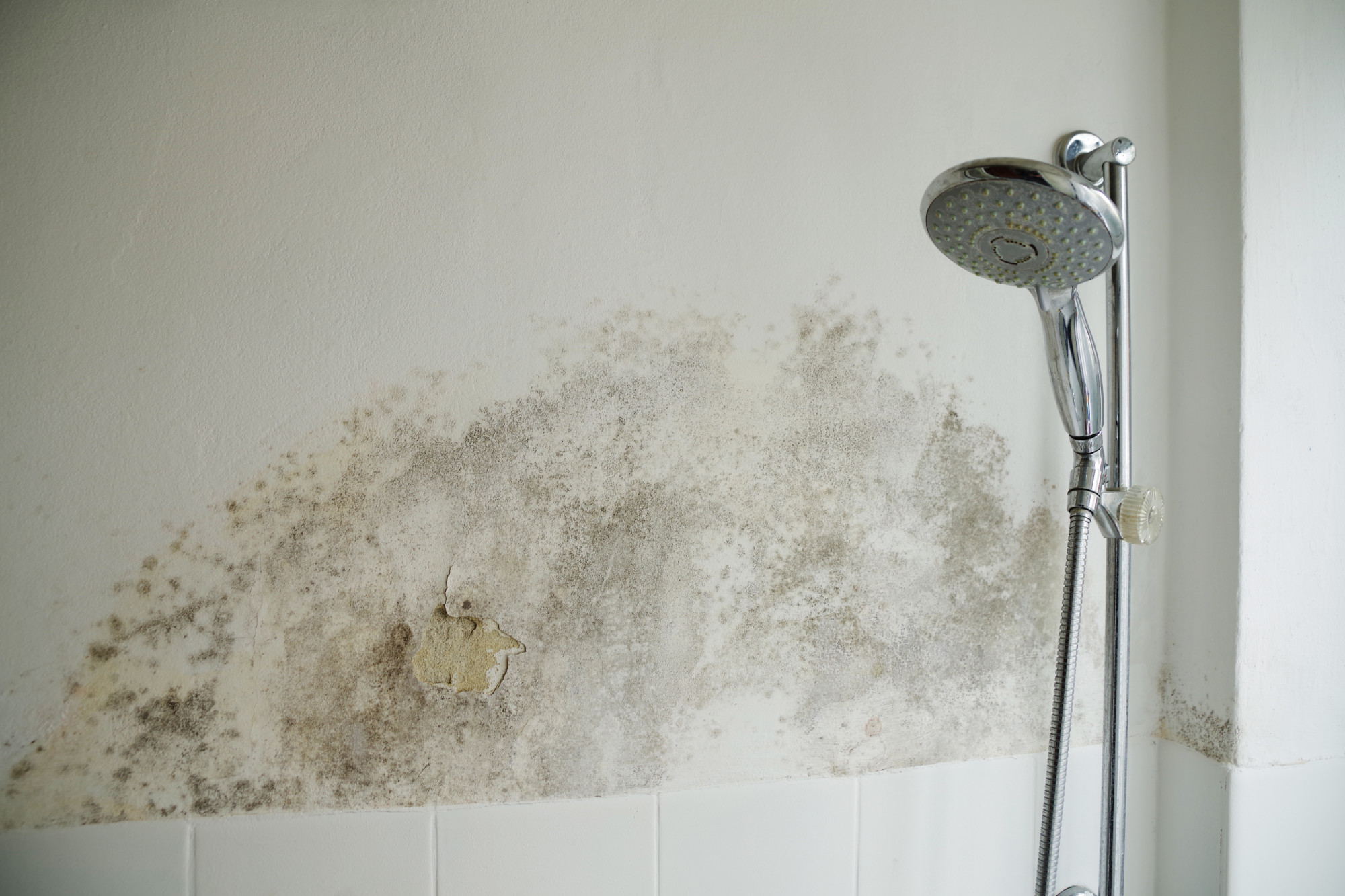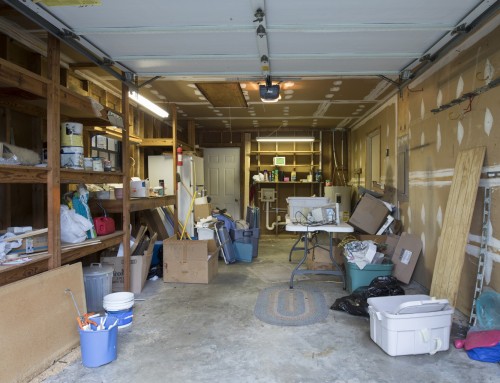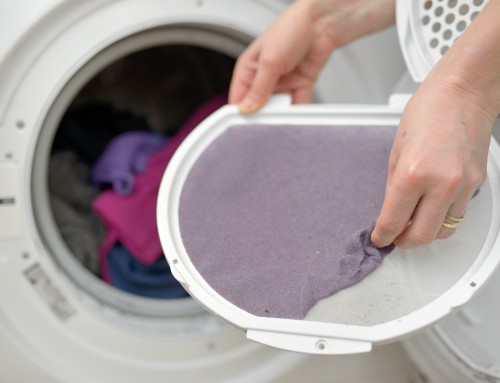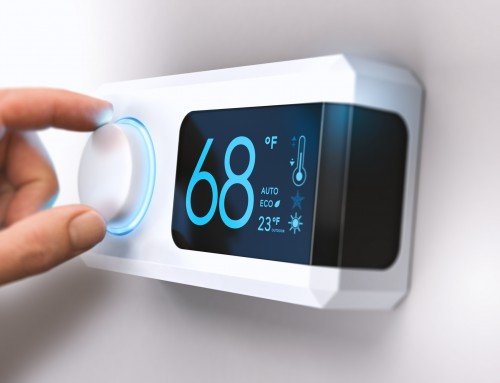There’s an often unseen danger lurking in more than 50% of homes in America right now. We’re talking about mold, which can damage your home and make you sick if not caught.
Mold can cause health issues running from mild to severe symptoms. Mold can cause itchy eyes or a stuffy nose, but for those with conditions like asthma, it can produce extreme reactions.
How can you tell what kind of mold you have and what can you do about it? Here are eight types of household mold to watch out for.
1. Stachybotrys
This is the classic “black mold”. It likes to grow on damp cardboard, wicker furniture, and paper.
Reactions to these types of black mold include everything from sinus problems to even depression. It commonly appears as slimy black or dark green growth in damp areas.
2. Aspergillus
Aspergillus can turn toxic if left to grow unchecked. It causes difficulty breathing and can even produce carcinogens.
There are over 185 species and comes in many different colors. Look for long spores growing in thick layers.
3. Cladosporium
This mold likes both hot and cold conditions. It thrives on carpets and upholstery and hides under floorboards and inside cabinets.
Cladosporium is muddy green or brown and looks like suede. Don’t touch it without gloves because it can irritate your skin.
4. Penicillium
Penicillin is a beneficial drug when correctly processed. Growing in your home, it’s a fast-growing allergen.
It loves water-damaged buildings and can hide inside of mattresses or wallpaper. Look for tell-tale velvety green or blue growth.
5. Trichoderma
Trichoderma isn’t just an allergen. It produces an enzyme that eats away at wood and paper, causing rot and structural damage.
Trichoderma looks like clusters of green, brown, and white pompoms. Call in professionals, like waterdamageamerica.com, to get rid of it and access any damage it’s done.
6. Mucor
Mucor likes to grow in A/C units and other places where condensation builds up. If you suffer from asthma, mucor can make it worse.
Unchecked, it can even affect your blood, eyes, kidneys, and brain. It grows in thick white patches.
7. Alternaria
Alternaria is an extremely common allergenic mold. It grows in water-damaged homes but also in cabinets, showers, and underneath sinks.
Look for velvety patches of green or brown. Sometimes it will look a little hairy, too.
8. Fusarium
Fusarium is both allergenic and toxigenic. Prolonged exposure can lead to damage to the nervous system, brain abscesses, and internal bleeding.
Fusarium is often pink or red and thrives in cold weather. It spreads quickly, so if you find it in one place, check the rest of your home for more mold.
Learn About Types of Household Mold
There are many more types of household mold. These are the most common ones you’re likely to see in your home.
Make sure to address any water damage and keep the moisture levels in your home low. If you find a small patch that doesn’t require professional attention, you can most often remove it by scrubbing it with a solution made from one cup of bleach dissolved in one gallon of water.
Get more need to know info to make sure your home is clean, beautiful, and safe. Check out our lifestyle articles for more helpful household tips!











